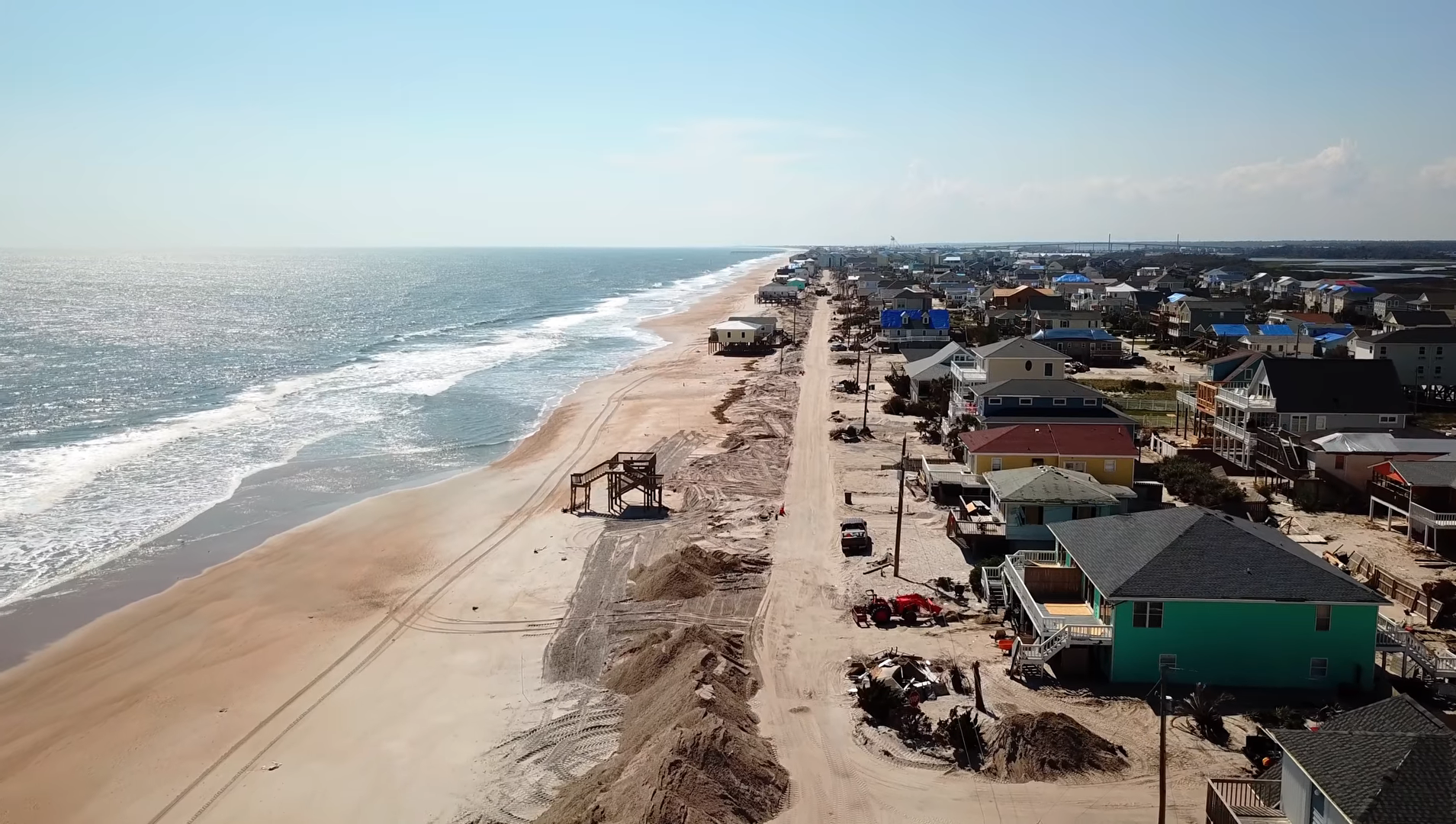
Sand Screening, Soil Recovery, and Beach Restoration
DRC’s innovative methods for the handling and screening of sand have allowed many jurisdictions to bring back their beaches, better—even after powerful storm surges from record-breaking events including Hurricanes Helene, Milton, Florence, Irma, and Ike.
After disaster strikes, many jurisdictions are faced with large quantities of sand that have washed up on the roadways, as well as on public and private property. DRC will collect the sand and move it to a nearby Debris Management Site for processing. Sand that remains on the beach often contains large quantities of debris. We will process this sand directly on the beach before restoring the sand removed and processed from other areas.
DRC uses a variety of equipment in sand and soil processing, including the following:
Skid steers and front-end loaders to recover displaced material from adjacent properties
Beach rakes to remove hidden and surface debris from beachfronts
Shaker screens and trammels to screen sand and soils
DRC’s teams are able to process 100 to 200 cubic yards of sand per hour. After screening, the clean material is returned to its original location. Beach contours and dunes can then be re-created. The debris that has been removed will be taken to a DMS for reduction and haul-out to final disposal.
Sand Screening at Work: Surf City and Topsail Island, North Carolina
DRC was mobilized for a beach restoration project in Surf City and Topsail Island, North Carolina immediately following Hurricane Florence. The storm system displaced large amounts of sand into the right-of-way and off the beaches. DRC used a variety of equipment to scrape the sand, screen it to remove particulates and debris, and then redistribute it along the beach. The screening equipment removed undesirables like wood and trash at a rate of 80 – 100 cubic yards per hour. The pure beach sand was then loaded into dump trucks and distributed along the shoreline to rebuild dunes and contour the beaches. DRC had contracts and equipment in place before the storm hit the east coast, ready to bring this beautiful beach back to normal.


